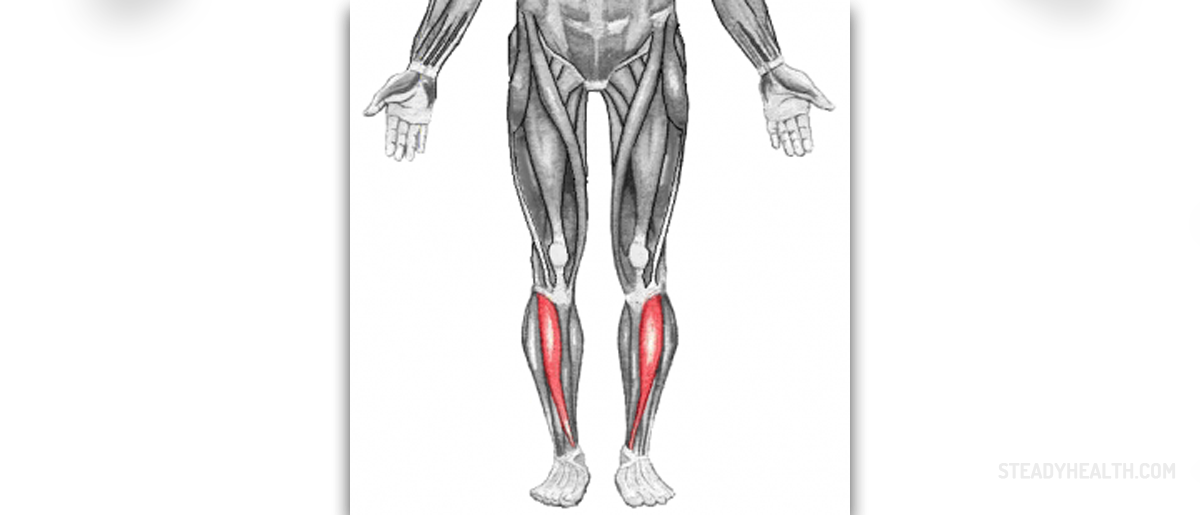
It's Your Body
We all have unique bodies and, therefore, are bound to face unique challenges during our lifetimes. Namely, some of us may have no problems in maintaining a correct posture while some others may find it impossible to keep their back from slouching. In the same way, there are individuals who experience pain in their back, hips or other body areas due to a direct injury while there are those who were born with a deformity which triggers discomfort or have suddenly started to experience the woes of pain even though they have done nothing to provoke them.
Usually, while we move, we adapt to using the minimum amount of energy in order to provide us with a maximum amount of performance. For this, we need the best possible posture, correct joint usage and a set of well-developed motor skills.
Our Body, Our Movements, Our Life
The human body is full of various different tissue material. If our movements are not perfectly coordinated and regulated, the healthy tissue material will be spent and, eventually, destroyed. Once this happens, pain, inflammation and discomfort are just some of many troubles which are bound to affect us.
Moving on to leg length. Basically, people claim that we all have one lower limb stronger, and therefore longer and more flexible, than the other one. Thus, we are all bound to have one leg longer than the other. However, it is claimed that our body adapts to this difference unless it is too prominent. So, our muscles will stretch or shrink, matching the needs of our bones and joints.
The Leg Problem
There are two basic types of leg discrepancy. The first one is anatomical where one's single leg bone is longer than the other. Secondly, we have the functional leg discrepancy due to joint function, flat feet and supinated foot. Again, all these discrepancies need to meat certain degrees in order for them to present a problem.
In order for the leg discrepancy to be diagnosed, X-ray scans need to be done, since, usually, anatomical discrepancy is known to mask the degree of a functional one and vice-versa. Once the real cause behind the problem is found, an adequate treatment is recommended.
Possible Treatments
If there is more than ¼ of an inch difference between the length of the two limbs, this variation is dealt by lifting the heel under the shorter foot. However, with professional athletes, who place a lot of pressure on their feet, even 1/8 of difference may be enough for the necessity of treatment.
Sometimes, the pelvis of the patient may be tilted, resulting in the leg discrepancy. Then, physical therapy is required in order to align the joints properly and reduce excessive muscular activity. Alternatively, foot orthotics can help.




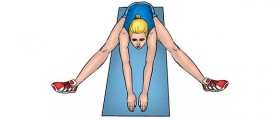
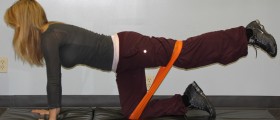
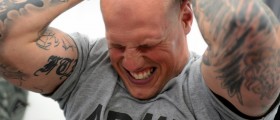
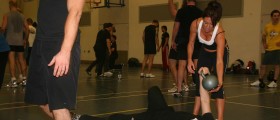


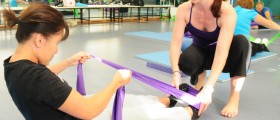

_f_280x120.jpg)


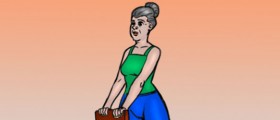
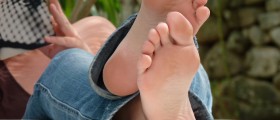
Your thoughts on this
Loading...